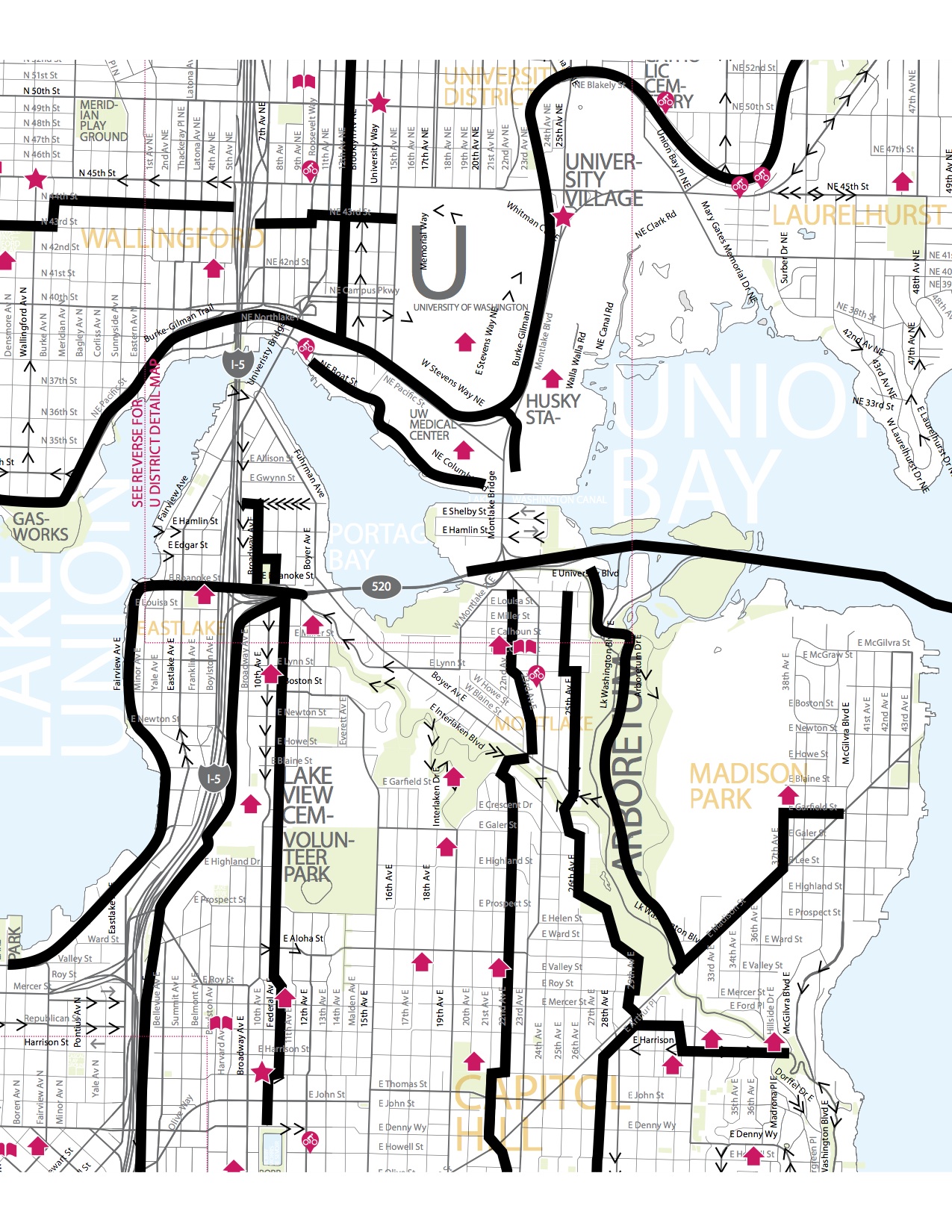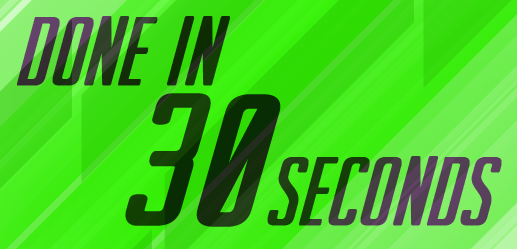If you haven’t heard, the Seattle City Council unanimously passed a resolution directing the City and WSDOT to work together to fix the SR-520 design flaws for people who walk and bike (see our discussion of the resolution here). Thank you to everyone who made this happen! Together we must ensure the resolution is carried out faithfully so that the new SR-520 connects our neighborhoods for people of all-ages-and-abilities: for kids biking to school and grandmothers walking to the Arboretum. Take action and thank your City Councilmembers (via Cascade Bicycle Club). Rest assured, Central Seattle Greenways, Montlake Greenways, and Seattle Neighborhood Greenways will continue to work on this issue until the final design includes family-friendly connections.
A big shout out is in order to our partners at Cascade Bicycle Club as well as our supporters that saw both the threat and opportunity that 520 poses, notably the Capitol Hill Community Council, Montlake Community Club, Madison Park Community Council, and Capitol Hill Chamber of Commerce (click for a complete list). Perhaps most importantly, this is a quintessential Seattle story about the potency of neighborhoods organizing themselves to fight for a better future.
Eight months ago this victory was a mere flickering hope. Last July, spurred by excellent reporting from Seattle Bike Blog, neighbors flying the flags of Central Seattle Greenways, Montlake Greenways, and Madison Park Greenways mobilized in a last ditch effort to fix the deep flaws in WSDOT’s SR-520 design and seize the opportunity that such a mega project presents.
This coalition of Seattle Neighborhood Greenway groups quickly collected 350 community member signatures for a petition to WSDOT asking them to reexamine the lack of family-friendly connections through the 520 project area. This petition lent our coalition enough community support and credibility to open doors at WSDOT and City Hall.
We quickly learned that WSDOT, despite the many opportunities for input in the Seattle Community Design Process, was more interested in what the City Council wanted than what the 350 of us had to say. Redirecting our efforts, our coalition of Neighborhood Greenway groups rapidly met with numerous community organizations and institutions in order to educate them on the problems and opportunities that the new highway presents. We received support from every group that we met with, which greatly strengthened our neighborhood based message we planned to take to the City Council.
In addition, our coalition of Neighborhood Greenway groups successfully refocused the discussion surrounding SR-520 to a narrative about safely moving all people, regardless of their means of transportation. This was accomplished by timely reporting from neighborhood media sources (CHS Blog, the Montlaker, Seattle Bike Blog), our blogging, compelling graphics, a focus on connecting people to destinations, and an easy to understand urban design review.
We had authentic community support and a resonating message, but we lacked political expertise to navigate the halls of City Government. Luckily, the hardworking people at Cascade Bicycle Club were more than happy to work with us to get the job done (they had also been working on the issue). Together we created a compelling campaign: combining Cascade’s political savvy and active membership with our grassroots organizing and in-depth knowledge of the project. The campaign was able to effectively demonstrate overwhelming community demand for corrective City Council action, resulting in the Mayor and City Council crafting and passing a forward-thinking resolution.
Discussion at the City Council 520 Committee Meeting on 2/4/13 demonstrated that the City and the State finally “got it.” In response to a question about the need to address the scary and unsafe under-bridge areas, WSDOT project manager Daniel Babuca said
We recognize that that is a key area of interest and concern from the communities and we heard that loud and clear through the comments expressed during the Community Design Process, as it relates to the ultimate vision I think that is where we have more work to do frankly, in terms of what the ultimate connections are across the lid underneath Montlake Blvd – are there surface options that are more preferred or safer as opposed to taking them underneath. So that is still something that we will continue to work on, we will continue to consult on with the communities and the stakeholders as the lid conversations progress and the interchange conversations progress. (Seattle Channel Video, 49:55)
City Councilmember Sally Bagshaw succinctly explained that success for the design will now be judged against whether or not the connections are safe enough that “you would let your 8 year old walk or ride her bike unescorted.”
While the resolution does not legally bind WSDOT to do the right thing, it clearly lays out a new course that the SR 520 design should follow. We sincerely hope the good working relationships between the City, WSDOT, and State Legislature will ensure that the spirit of the resolution is carried out before the design is finalized. This is a once in a lifetime opportunity for a major highway project (of all things!) to better connect our neighborhoods to each other and our kids to their schools, and to create a Seattle that we can all enjoy getting around regardless of our means of transportation.









 RSS - Posts
RSS - Posts